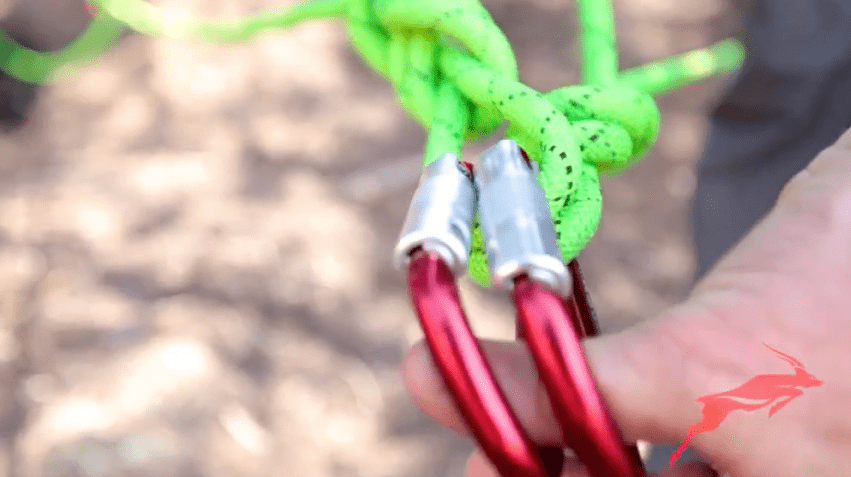Mastering Edge Transitions
Mastering Edge Transitions You know how excruciatingly hard it is to negotiate any sort of edge without some sort of “blood bath”. You have given your life and soul to a purpose… to save lives and mitigate the challenges that would put you in the same sort of predicament your patient is in. Mastering edge […]
Mastering Edge Transitions Read More »











